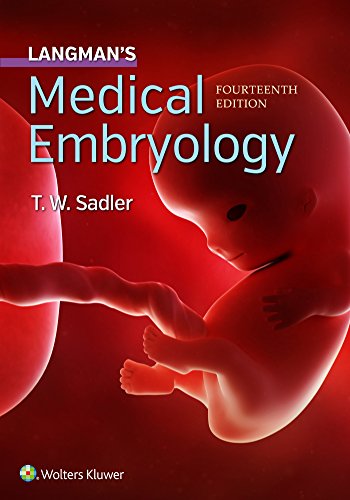Equine Emergencies: Treatment and Procedures, 4e
Equine Emergencies: Treatment and Procedures, 4e
Ideal for use in the clinic and in the field, Equine Emergencies: Treatment and Procedures, 4th Edition, offers practical step-by-step guidelines for effectively managing a wide range of emergency situations. Thoroughly updated content keeps you informed of the latest advances in horse care in a portable, convenient format. Essential examination, diagnostic, and treatment information for each body system is presented in a logical format so you can quickly find answers during equine emergencies. What to Do and What Not to Do boxes guide you through the step-by-step treatment of an emergency and draw your attention to important steps to take and those to avoid. High-quality photographs and illustrations visually clarify key concepts and guide you through procedures step by step. NEW! Chapter covering bacterial and viral diseases arms you with critical information on diagnostic labs, collection, submission, and interpretation. NEW! Chapter on emergency diagnostic procedures keeps you up-to-date on all the tests needed to determine the most effective treatment. NEW! Chapter on gene testing provides information on which gene tests and labs should be performed. NEW! Chapter on biopsy techniques highlights the different instruments available, endoscopic and laparoscopic techniques, as well as how to perform a pleuritis examination. NEW! Chapter on laboratory submission offers the latest information on tests, laboratory charts, guidelines for making an appropriate submission, and blood drawing. NEW! Chapters on feeding and starvation and flood injury supply the latest guidelines for nutrition, disaster medicine, and snake bites/envenomation.
$19.99
10 in stock


Secure Payments
Pay with the worlds payment methods.

Discount Available
Covers payment and purchase gifts.

100% Money-Back Guarantee

Need Help?
(484) 414-5835
Share Our Wines With Your Friends & Family
Description
Additional information
| Best Sellers Rank | #128,381 in Books (See Top 100 in Books) #4 in Equine Veterinary Medicine #21 in Equine Medicine (Books) #74 in General (Books) |
|---|---|
| Customer Reviews | /* * Fix for UDP-1061. Average customer reviews has a small extra line on hover * https |
OUR BEST COLLECTION OF COURSES AND BOOKS





Reviews
There are no reviews yet.